| Rank | Country | Estimated Yearly Production (tons) |
|---|---|---|
| 1 | Iran | 190 |
| 2 | India | 6-7 |
| 3 | Greece | 3-4 |
| 4 | Morocco | 1.5-2 |
| 5 | Spain | 1-1.5 |
| 6 | Afghanistan | <1 |
| 7 | Italy | <1 |
Notes:
- Iran dominates saffron production with a significant lead over other countries.
- Production estimates for India, Greece, Morocco, and Spain vary slightly depending on the source.
- Data for Afghanistan and Italy’s saffron production isn’t widely available but they are considered minor producers compared to the top 5.

Top Saffron producing Countries by estimated yearly production (tons)
Googling the most expensive spice, you will easily reach “saffron” as the answer. It is mostly used to enrich the flavor and color of food. Crocus Sativus is what the spice is derived from. To put it exactly, the dried stigmas (or so-called saffron threads) of the flower are the components of the golden spice. “Which countries are the main producers of saffron?” is the question you will find its answer in following lines.
As the world’s most sought-after spices, saffron is renowned for its earthy flavor and crimson color. it has been cultivated and harvested for thousands of years first for its medicinal and dyeing effect, then it found a way to in many luxury cuisines across the globe, While saffron grows in several different countries, only a few producers make the largest contribution to global production.
Normally, the total amount of saffron production around the world oscillates between 280 to 300 tons in a year. While saffron is grown and harvested in many countries, only seven major producers account for over 90% of global production. In fact, Iran, India, Greece, Morocco, Azerbaijan, China, and Spain are the top 7 saffron producers.
The Largest Producer, The Best Saffron
Iranians have been the world’s largest saffron producer since long ago. The first saffron farms in the world were established in Iran, in the region that now is called Hamadan province.
In the past, saffron was also produced in Kermanshah, Qom, Ray, Isfahan, Fars, Kahkiloye, Lorestan, and Mazandaran provinces.
The latest figures(related to 2020) show that saffron cultivation in Iran is done on 188 thousand hectares and hits a record of 336 tonnes. Iranian authority had the plan of ramping up this amount to 400 tons by cultivation of saffron on 150,000 hectares.
Most saffron users and experts believe Iranians possess the first position in terms of quality and quantity of Crocus flowers. Supplying over 85-90% of global demand and being the unrivaled conquerer of the saffron market, Iran is the world’s largest producer of saffron and the leading exporter of saffron.
The Khorassan province in Northern- east has been known to cultivate spice since ancient times most of the Iranian high-quality saffron comes out of the farmland of this province. in fact, The climatic and environmental conditions of Khorassan make it an ideal heaven for saffron cultivation. People of Khorassan are kind of experts in knowing the benefits of saffron Iran produces between 200 and 250 tons of saffron a year, depending on climatic factors. Women are playing a pivotal role in sustaining and developing the saffron supply chain.
In recent centuries, the growth of saffron has been concentrated in Khorassan province due to its appropriate climatic condition, but, lately, other Iranian provinces like Fars (Shiraz is its central city), have kicked off the growth of saffron.
Iran-Specific Categorization of Saffron
In Iran, there is an interesting categorization of saffron based on quality. The best type of saffron is called Sargol (its literal meaning is flower head), which is actually the cut of the upper part of the saffron stigma. When cutting this part, the crimson part of the stigma at its end must be separated as the stigma is white in the other end, and pale red in the middle.
In the case of Sargol, the cut of the stigma is from this last part. When all the red parts are separated from the white part, it results in Negin (its literal meaning is the gem of the ring). If the strings of this saffron are long and elongated, it is called super Negin.
Kashmir saffron, following the Iranian one by far
Producing between 5% of global production, India, by far, is running after Iran. Due to the fact that Jammu and Kashmir states in the country are responsible for 90% of Indian production, the country’s saffron is known as Kashmiri saffron or Lacha Saffron.
While Jammu and Kashmir recorded around 18 tones in 2022 and considering India’s domestic annual demand for saffron which is around 100 tonnes, Kashmiri saffron mostly is consumed in domestic markets, and what you see in other countries as Kashmir saffron is, in fact, Iranian saffron packaged by very active Indian saffron companies.
Production of saffron is the second-largest revenue earner after horticulture. Around 20,000 families are estimated to earn from the cultivation of saffron
A mission to save the saffron industry
Today saffron is grown across 3,700 hectares in Kashmir compared to 5,500 hectares in the late 1980s. An around 10000$ National Mission has been implemented by Indian agricultural authorities on 3,500 hectares to boost the growth of saffron and help bring more land under the cultivation of saffron. Many growers had earlier started converting saffron farmland into apple orchards or changing them for commercial purposes.
Some estimate the Indian saffron market will witness a growth rate of 15.10% for the next five years (2023-2028). The increasing popularity of customary Indian cuisine and the escalating demand for saffron as an essential ingredient is the first reason behind such an estimate. The expansion of the cosmetic industry in the country will, consequently, lead to more incorporation of saffron into various beauty and make-up products, and finally, the augmenting demand for real saffron accounts for more prosperity for the saffron market.
European market of saffron
According to the World Bank’s report on saffron import/export, the European Union is the major importer of saffron spice with 133,258 Kg, followed by Spain with 49,669 Kg in 2022. The United Arab Emirates ( 427,328 Kg), United States (103,683 Kg), and India (62,030 Kg) are in third to fifth positions.
Fifty in import, third in production
Greece comes third in global production of saffron with around 2.5 tons a year, while according to the same report is in the fiftieth position of saffron importers. The country grows saffron in the Kozani and Vermio regions, which are popular for the spice. Meanwhile, saffron does not play a leading role in the country’s culinary tradition and a large amount of the product is imported to Italia and Spain.
Azerbaijan and Maraco are near competitors to occupy the fifth-largest producer position accounting for around 2% of global production. So they are the fifth and sixth-largest producer in the world periodically.
A growing consumer and exporter
China is fighting to drag up its-self saffron production rank, accounting for around 1% of global production. The country produces an estimated 1-3 tons of saffron each year. Today, China started a match with Spain and the UAE to be the main importer of Iranian saffron for its increasing domestic consumption and re-exporting it to, eastern Asia, Arab and European countries.
Saffron plus petrochemicals, gas condensate, minerals, and carpets were among the main exports from Iran to China.
The Iranian Minister of Agriculture recently announced the 600% growth of saffron exports to China and the registration of Iranian citrus fruits in China for the first time.
According to Iranian authorities, one of the achievements of the Iranian president’s visit to China is the introduction of Iranian saffron, dry fruits, and food products on BTC platforms and presenting them to the Chinese retail market. However, Iranian companies encounter different obstacles to selling their spice to Chinese retailers. The biggest one is the 38% tariff for importing saffron to China. So, Iranian companies export most of Iranian saffron to china market in bulk.
Once upon a time, Spanish saffron…

Spanish Saffron
At the beginning of the 20th century, Spain had the first rank in saffron production in the world by cultivating and harvesting 140 tons of saffron in agricultural lands with an area of 13,000 hectares per year, but near the end of the same century, at the 1970s, the annual production of Spanish saffron was reduced to half of the aforementioned amount, that is about 70 tons.
Today, the farmers of the Castile-La Mancha region, as the main producers of saffron in Spain, are cultivating red gold in only 140 hectares, and the total production of this country in 2022 is about 450 kg.
Other saffron-producing countries include Afghanistan, Italy, Turkey, France, Switzerland, Pakistan, China, Japan, and Australia.
Last word
In conclusion, now, a lot of countries try to cultivate saffron as far as their environmental conditions let them proceed but the leading countries include Iran, India, Greece, Morocco, Azerbaijan, China, and Spain. Each country has its own unique saffron-producing traditions and techniques that have been passed down through generations. With so many countries contributing to global saffron production, it is clear that this valuable spice will continue to conquer more dishes in the world!
FAQ
Which country is the top producer of saffron?
Iran is the biggest producer of saffron. The country supplies around 90%of total global saffron.
Who is the biggest buyer of saffron?
According to the World Bank’s report in 2022, the EU is the top importer of saffron. In fact, most of the importation is done by Spanish companies.
Which country has the highest quality saffron?
Most chefs and spice businesspeople believe that Iranian is by far, the best saffron in the world but Spanish and Kashmiri saffron also are adored by some users.





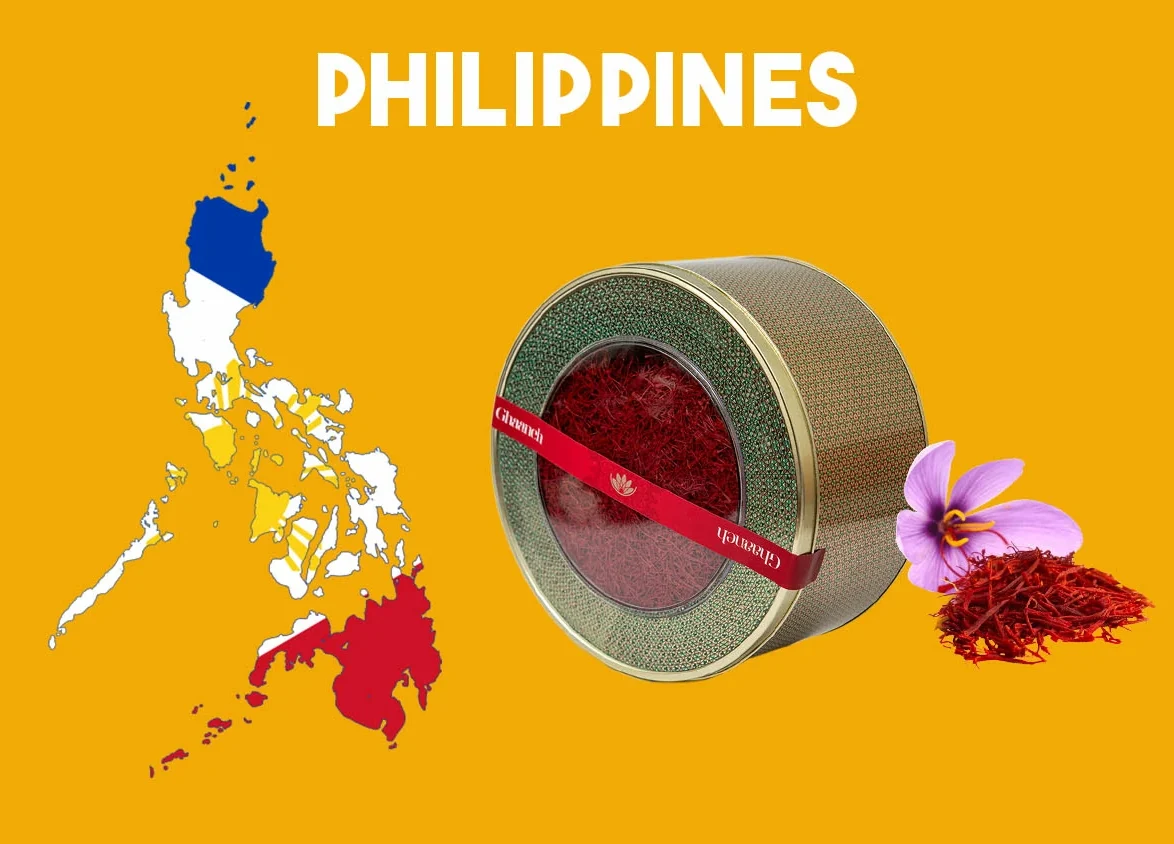
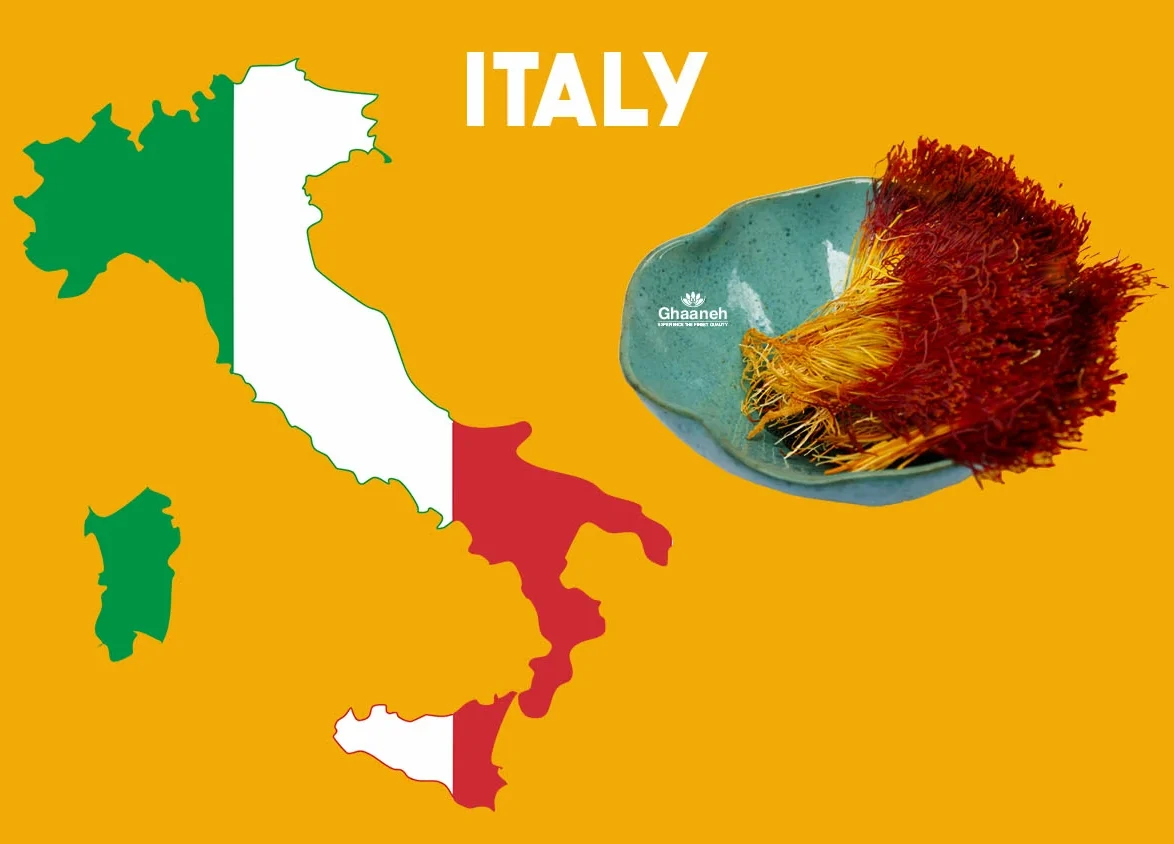
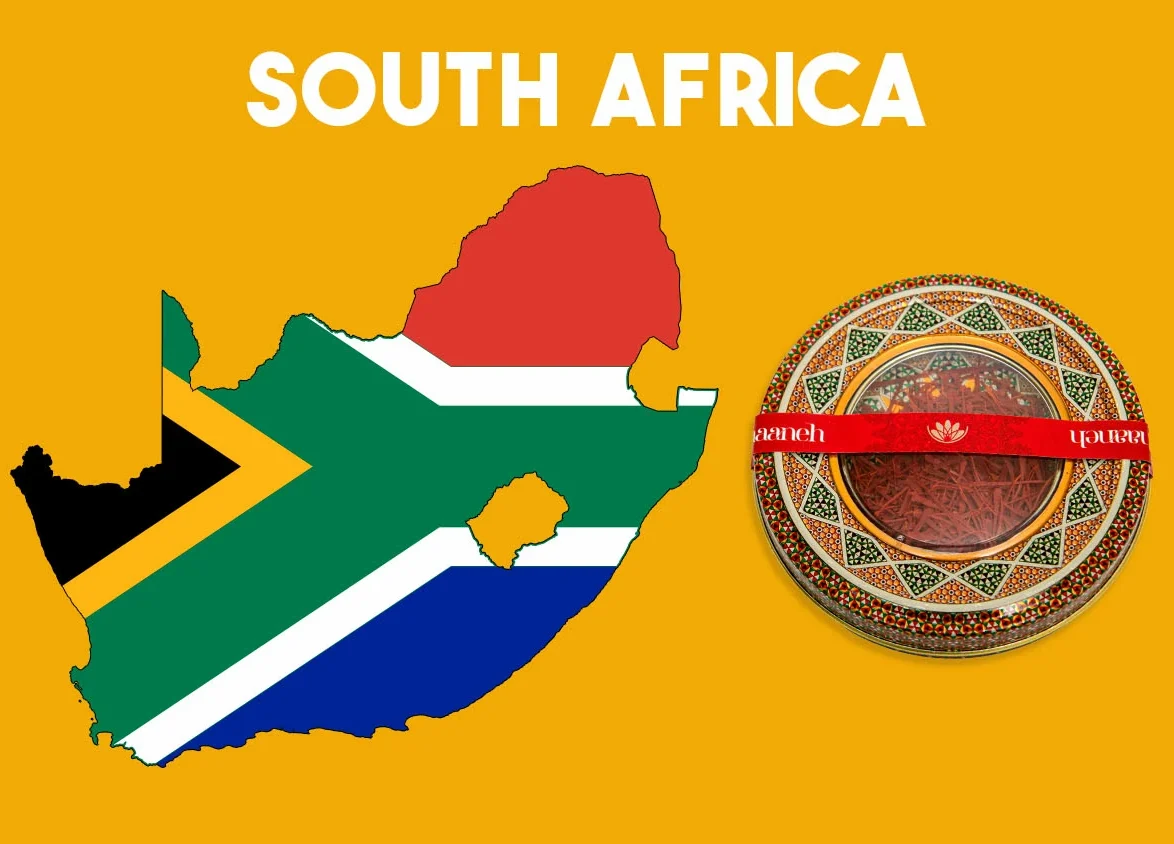
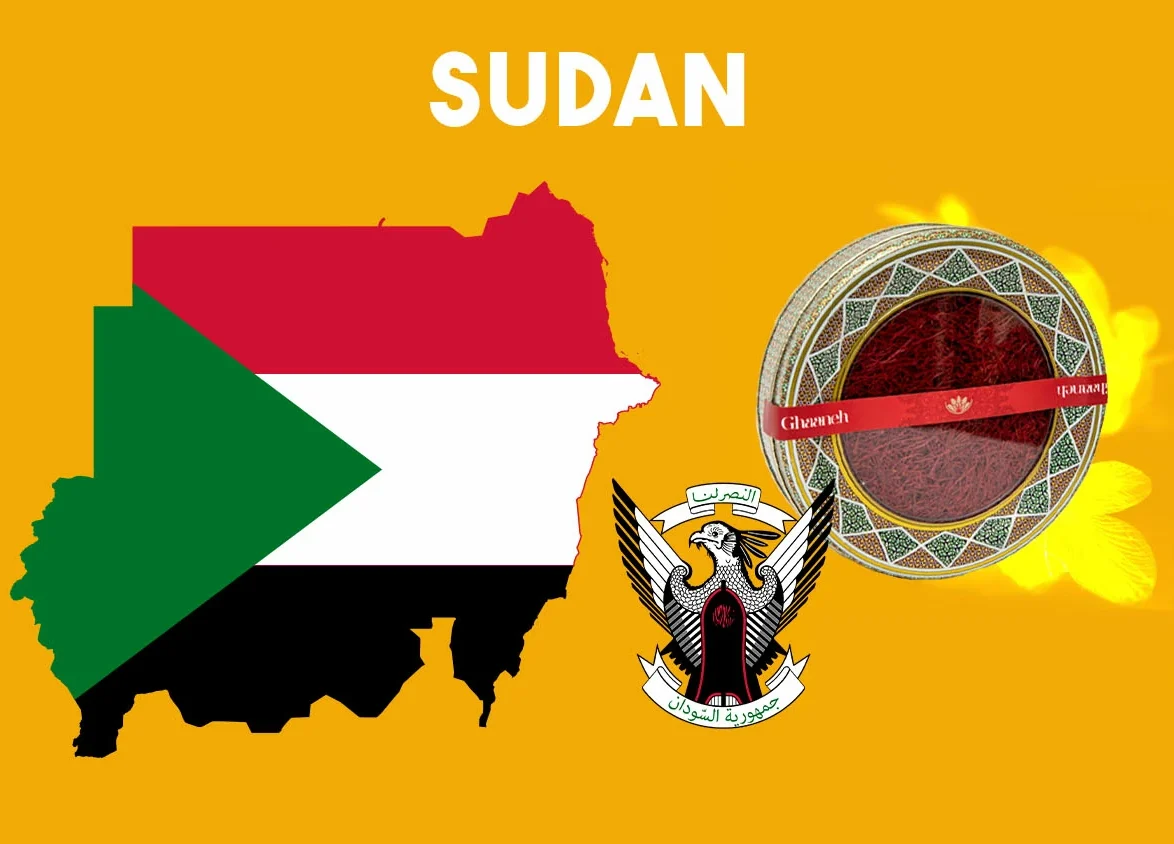
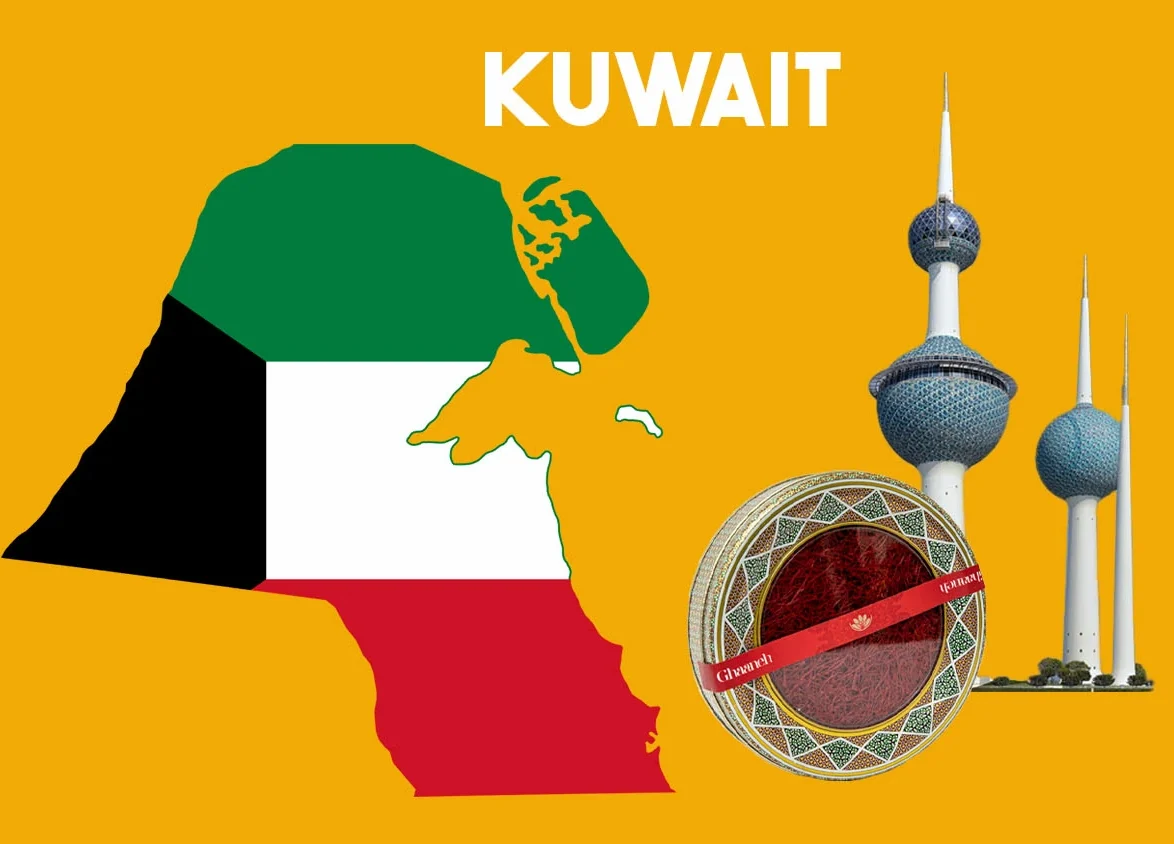

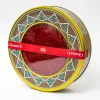
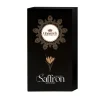
Pingback: Saffron price per kg on April 2024 - Ghaaneh Saffron